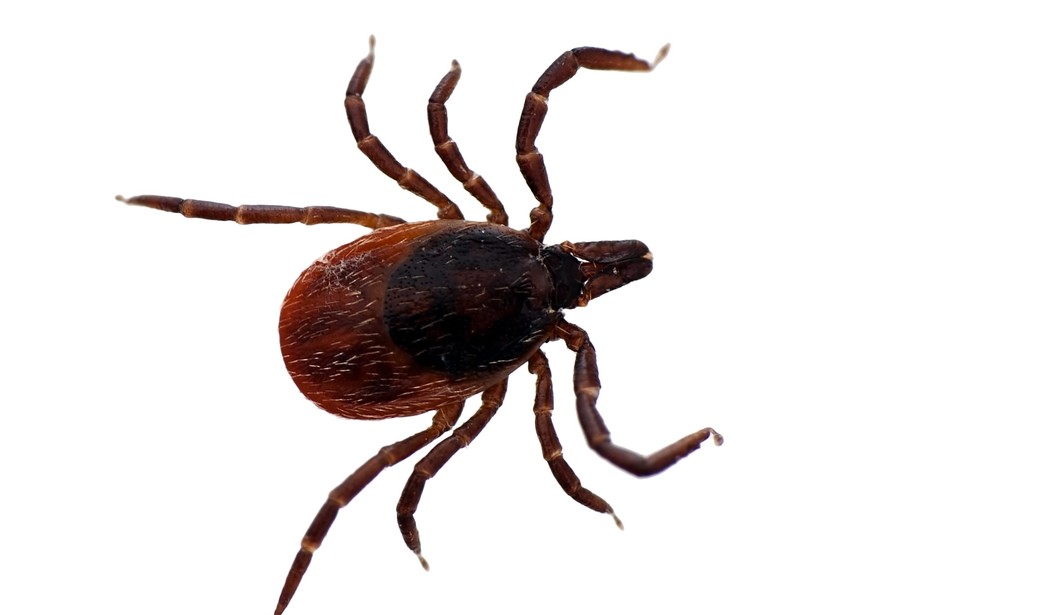Now that the weather is warming up, it’s time to start spending more daylight hours outside. At this time of year, that means being prepared: using sunscreen to prevent sunburn, warding off mosquitos with bug spray, and checking for ticks at the end of the day. As we all know, bites from ticks can lead to Lyme disease. Twenty percent of deer ticks carry Lyme, and the bugs need 24 hours attached to a person to transmit the disease. Many people who live in areas where ticks are common are generally used to the drill of checking for them, especially on children and pets that have spent a long time outside. But now, there is reason to believe that the very ticks that bite people (the ones that are likely to carry Lyme disease) are increasingly carrying a much more serious, and potentially deadly virus, called Powassan virus.
Today.com reports:
The virus can cause inflammation in the brain, which leads to death or permanent disability in 60 percent of cases.
So far, 75 instances of severe disease have been reported to the Centers for Disease Control and Prevention. Just last week a 5-month-old baby from Connecticut was diagnosed after developing neurological symptoms.
“The bottom line is that we should be very scared of it because nobody is safe from it,” said Dr. Jennifer Lyons, chief of the division of neurological and inflammatory diseases at the Brigham and Women’s Hospital and an assistant professor of neurology at the Harvard Medical School. “And it could be that it is emerging and will explode over the next few years.”
One frightening aspect of Powassan is that it might take a tick only 15 minutes to transmit the pathogen to a human. So far, most people who have been infected live in the Northeastern part of the country, as well as in Minnesota and Wisconsin.
Researchers, however, don’t quite know how many people have contracted the virus because only those who have developed serious side effects are the ones who have been detected.
“It’s quite possible that many, many more are infected and not identified because their symptoms are mild,” said Ann Powers, chief of virology activity in the arboviral diseases branch at the CDC.
Right now, nobody knows how fast or far the virus will spread.
“Regarding the question of whether or not there will be a huge outbreak like there was with Lyme, I would hope not,” Powers said. “We’re trying to identify the trends that would signal that type of emergence.”
In recent years, research has shown that the number of deer that carry Powassan is in fact on the rise. (The deer then transfer it to the ticks that live on them, who in turn, bite humans.) But some specialists don’t believe that many ticks even carry disease — some are putting that number at 7% of adult ticks, while others say it is closer to 1%.
One thing experts do know is how the virus becomes deadly.
“The virus goes up to the brain and attacks the parts that keep you awake, keep your heart rate steady and your breathing drive going,” Lyons explained.
Symptoms of the virus can include:
- Fever
- Headache
- Vomiting
- Weakness
- Confusion
- Loss of coordination
- Speech difficulties
- Seizures
The statistics are grim for those who develop this severe form of the disease. According to experts, 10 percent die and 50 percent end up with some form of neurological disability. “There is no real treatment for the virus, just supportive care until the body vanquishes it,” researchers say.









Join the conversation as a VIP Member